7 Things to Know Before Visiting Puerto Rico
Though it’s a US territory, many travelers don’t know much about Puerto Rico beyond its historic capital of San Juan. In this travel guide, Puerto Rico native Jessica shares her tips on where to go, what to eat, quiet beaches to visit, and ways to experience the local culture.
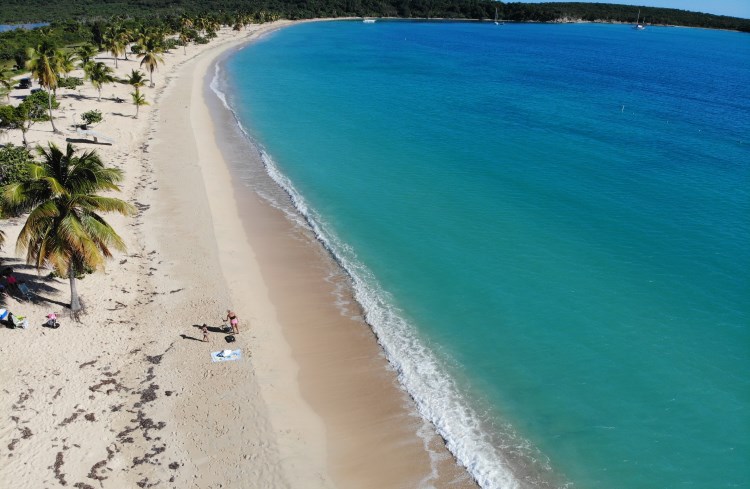 Photo © Jessica van Dop DeJesus
Photo © Jessica van Dop DeJesus
I grew up in Puerto Rico, in a small town called Guayama, on the island's southern coast. Although I travel every year back to La Isla del Encanto – the island of enchantment, as it's fondly called – I never tire of exploring the island and finding new experiences. Puerto Rico is known for its beaches, but there is so much more to see and do here. Here are some of my suggestions on how to make your trip an unforgettable one.
- Rent a car and explore beyond San Juan
- Plan a Sunday of chinchorreo in the countryside
- Discover the two outer islands (Vieques and Culebra)
- Go on a guided hike at El Yunque National Forest
- Explore the southern coast of Puerto Rico
- Experience the Caribbean and the Atlantic Ocean in one day
- Learn about Afro-Puerto Rican culture in Loiza
Rent a car and explore beyond San Juan
Yes, San Juan is beautiful, but there is a lot more to Puerto Rico. Although the island is fairly small, roughly 110mi (175km) wide by 35mi (55km) long, each geographical region offers something unique. Drive along the east coast to relax at beaches such as Luquillo Beach and Seven Seas. For an adventure, I love navigating the winding roads of Route 10 or Route 149 through the Cordillera Central, the mountain chain that crosses the island from East to West. I always keep my eyes open for waterfalls alongside the road, making for the perfect photo op.
Along the roads, many vendors sell fresh fruit, frituras (fritters filled with meat or seafood), or a pincho (kebab) of savory grilled pork, and even tiburón (shark). One of my favorite island road-trip activities includes buying a cold coconut, drinking the water, and asking the vendor to cut it in half so I can indulge in the delicious pulp.
Plan a Sunday of chinchorreo in the countryside
Puerto Ricans love to party. There's nothing we enjoy more than spending time with friends and family, listening to upbeat music, and eating good food. Chinchorreo takes place mostly on weekends, and it consists of going to a dedicated road, mainly in the countryside, and hopping from vendor to vendor. These days you can find chinchorreo routes everywhere across the island. For example, the town of Ciales in north-central Puerto Rico has become a popular spot for this activity. You’ll see venues such as Casa Vieja teeming with people, live music, and locals sipping on their parcha (passion fruit) mojitos.
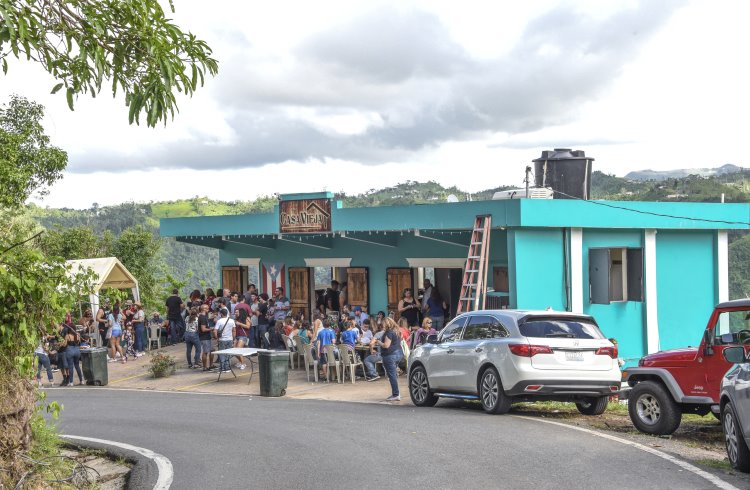
For the quintessential chinchorreo experience, head to an area called Guavate in the town of Cayey, in southeastern Puerto Rico. On weekends, the place comes to life with live bands and lechoneras, restaurants dedicated to cooking whole roasted pigs with sides of rice, stewed root vegetables, and fried plantains. I grew up not too far from here, and this was a monthly weekend outing for our family.
Discover the two outer islands (Vieques and Culebra)
An archipelago of several islands and cays, the territory of Puerto Rico contains two habited islands besides the main island: Vieques and Culebra. These tiny islands are sparsely populated, making them ideal for a secluded getaway. Instead of large resorts, there are small hotels, guesthouses, and vacation rentals, which give it a more intimate feel.
Culebra is home to Playa Flamenco, one of the most beautiful beaches in the Caribbean. With its white, sandy beach and azure waters, it's the perfect place to relax and forget about the world. There are other, smaller beaches along the island that are secluded enough that you may be the only visitor there.
Vieques is known for horses that roam throughout the island. Most have owners, but since the island is so small, they roam free. A night time kayak tour of bioluminescent Mosquito Bay is also a must – it’s surreal to watch the water light up as you paddle along. But make sure not to visit during a full moon, because the bay doesn't light properly, and many operators don't even host experiences. I made the mistake of scheduling my last two trips to Vieques during a full moon!
Go on a guided hike at El Yunque National Forest
El Yunque National Forest is the only rainforest in the United States National Park Service and one of my favorite places on earth. Listening to the coqui's calming sounds (this tiny frog makes a very distinct call, "cooh-qi") automatically relaxes me and takes me to a happy place. Many local tour operators and volunteers at the newly reopened El Yunque El Portal Visitor Center offer guided tours along the forest's many trails. Although the forest is one of the smallest in the United States, it’s one of the most biologically diverse. Along with a range of wildlife, there are 150 fern species and 240 tree species (88 of these are endemic or rare, and 23 are exclusively found in El Yunque).
The forest was extensively damaged by Hurricane Maria in 2017, but trails have been gradually reopening. After a challenging hike, I love taking a dip in La Mina Falls, a stunning waterfall with a natural pool. The water is bitterly cold, but I guarantee that it will help your sore muscles feel better. I recommend going early in the morning during a weekday, to avoid crowds.
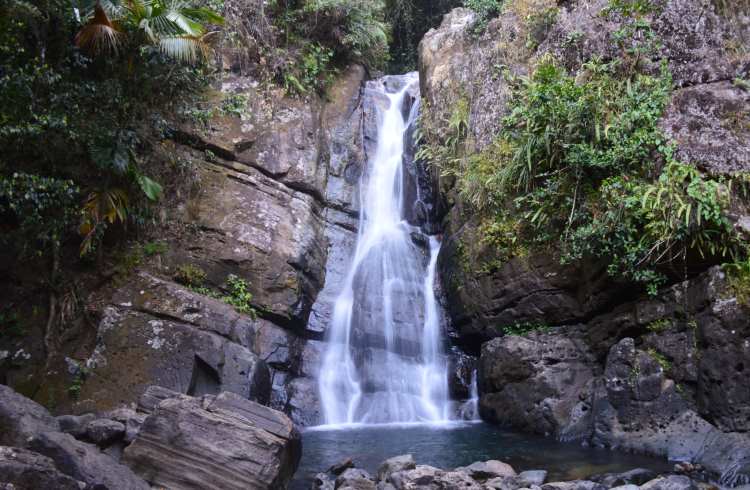
Explore the southern coast of Puerto Rico, filled with culture and gorgeous beaches
I may be biased, but I think the southern coast of Puerto Rico is one of the most underrated regions of the island. Many visitors tend to stay in San Juan and its surrounding areas, but there is plenty to see, do, and of course, eat, here. The biggest city on the coast is Ponce, which is known for its culture. It’s home to El Museo de la Musica Puertorriqueña, containing memorabilia of the many Puerto Rican music genres. El Museo de Arte de Ponce is one of the most prominent museums in the Caribbean, with an impressive permanent collection, including the famous painting Flaming June by Frederic Leighton. Growing up, my Dad used to take us to Ponce once a month on a weekend outing, and it's become a special place for me to return.
The island's southwest coast has impressive beaches with blue, calm waters. Popular beaches include Playa Santa in Guanica, and Boquerón and Playa Sucia, located in Cabo Rojo. I also recommend a stop in La Parguera, a coastal community in Lajas, with a lively nightlife scene on the weekends and boat rides along the bioluminescent bay. But for me, taking in the sunset at Combate Beach in Cabo Rojo with a passion fruit mojito from Annie's Place is the ultimate luxury.
Experience the Caribbean and the Atlantic Ocean in one day
Puerto Rico is lapped by both the Atlantic Ocean and the Caribbean Sea. The beaches on the northern coast tend to be more brazen, with plenty of waves. You can take a dip in San Juan in the morning and then drive an hour down to Patillas, a beach town on the island's southeast coast, for a swim in the Caribbean.
Learn about Afro-Puerto Rican culture in Loíza
Puerto Rico's culture is a mix of European (mainly Spanish), African, and Taíno (the indigenous people who lived on the island before colonization by the Spaniards). The African influence, introduced via slavery, is sometimes overlooked, but its roots are in every aspect of Puerto Rican culture: food, music, art, and dance. A great place to learn more about this heritage is the town of Loíza, located 15 minutes east of San Juan.
Catch live performances of bomba, one of the traditional Afro-Puerto Rican dances, throughout the city on the weekends. Indulge in traditional Puerto Rican food in Piñones, a beach neighborhood lined with kiosks serving delicious treats such as fried cod fritters (bacalaítos), tostones (fried plantains), and empanadas with a selection of creative fillings. Learn about Afro-Puerto Rican art at Estudio de Arte Samuel Lind, an art studio in Loíza. A native of Loíza, Samuel's art focuses on the Afro-Puerto Rican experience for his oil-on-canvas work.
Related articles
Simple and flexible travel insurance
You can buy at home or while traveling, and claim online from anywhere in the world. With 150+ adventure activities covered and 24/7 emergency assistance.
Get a quote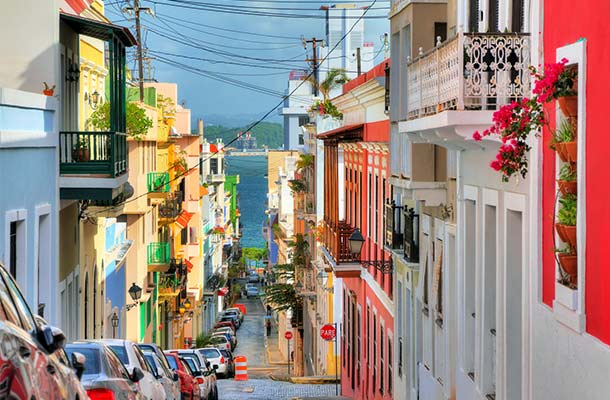
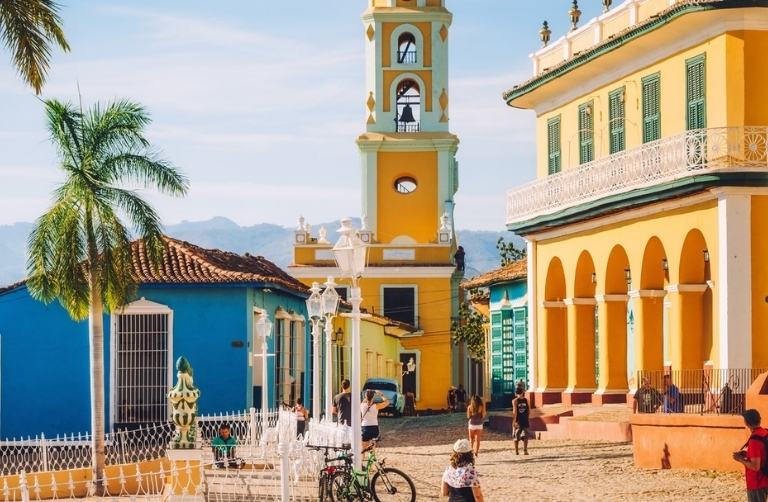

No Comments